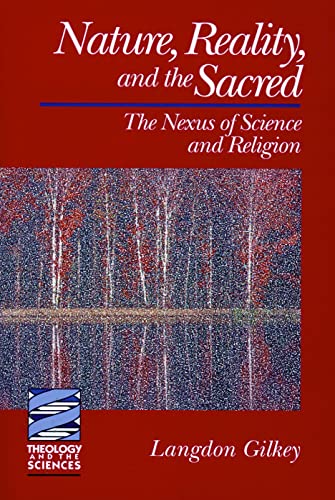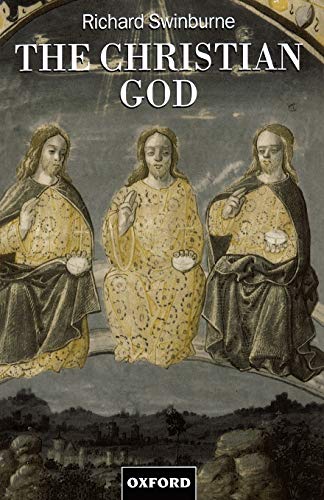Nature, Reality and the Sacred: the Nexus of Science and Religion (Theology and the Sciences)
Written by Langdon Gilkey Reviewed By Richard SturchThese books are part of the same series. Gilkey is a theologian with a wide interest in scientific matters, Peacocke a former professional biochemist who is now an Anglican minister. But the books are very different indeed.
Gilkey’s is not concerned with details of scientific theory but with its general approach. He criticizes the extreme reductionism and ‘nothing-buttery’ of too many scientists; the moment questions are asked about the presuppositions of science, we are in the metaphysical realm and, ultimately, the religious. Gilkey takes ‘religion’ very widely, even including political ideologies and nationalisms. For the most part, however, he is concerned with it in a narrower (but still wide) sense: he is particularly keen on the insights of ‘archaic religion’, and at times almost seems to regard developed religions as degenerate. Only on the last page of the main text does he express definite Christian commitment: Jesus is mentioned just four times. Perhaps the most important chapter is the ninth, where Gilkey depicts nature as a realm of meanings; power, life and order all raise questions that cannot be answered by scientific enquiry, and point to meanings and values—though we must remember the existence of negativity as well. Sacrifice in archaic religion acknowledged the need to ‘appropriate negativity’; and the transcendence of this into ideas of redemption paved the way for Christ.
The book comprises several previously published papers, and shows it; it is distinctly repetitious, and hard reading. Peacocke’s book is also hard reading, but this is because of the amount of material packed into it. Parts I and II appeared in 1990, under almost the same title; the third is based on Peacocke’s Gifford Lectures for 1993.
He begins with ‘what is there’ in nature—interrelated and hierarchically ordered systems which cannot be adequately treated by pure reductionism—and ‘what is going on’—a world law-abiding yet unpredictable in detail, in which life’s origin and evolution are intelligible looking back, but could not have been predicted beforehand. The universe’s development is open-ended. Next, ‘Who’s there?’. The answer is: ‘We are—human ‘misfits’ with a sense of incompleteness. Like Gilkey, he concludes that ultimate questions are raised that science cannot in principle answer. Why is there a universe at all? Why this one? Why is it rational and beautiful? And why do we and our values exist in it?
The natural answer is ‘Because of God’; but what sort of God? The biblical picture is of a God both authoritative and caring, delighting in his creation. But how does God interact with the world? Peacocke rejects both deism and intervention ‘from outside’; instead he argues for ‘top-down’ causation of the parts by the whole, and a God who similarly acts from top down on the whole universe, without infringing its natural relationships. Consequently he has doubts over miracle and revelation; God can break into natural patterns, but would he?
In Part III Peacocke first considers the sciences that describe human life. These show no evidence of an historical fall but much of original sin: our ‘misfittedness’ is something we cannot cure, and needs God’s action on all the levels of the human person. For Westerners this has necessarily to be seen in Jesus. Here Peacocke defers to NT scholarship; though less sceptical than many, he has no room for the virgin birth or for miracles—except healings, which have parallels elsewhere. The resurrection he handles with caution, and some confusion; it is not an intervention into nature, it seems, because its result is itself more than natural.
But he does believe that God communicates meanings through events in creation—and does so in Jesus. And in the whole ‘Christ-event’ we are shown what is possible for humanity—to be open to God in self-offering love (hence he holds to an ‘Abelardian’ view of the atonement). Peacocke is at his best when he is exploring the interface between science and theology. When he turns, as in his closing chapters, to more or less straight theology, it is fairly standard liberal Christianity. But on the interface he is very interesting indeed, and well worth tackling. This is not to say that he is right; I think, for instance, that the idea of ‘top-down’ causation needs more detailed thought, and so does his rejection of mind-body dualism. But he makes one think, and provides a great deal of material to inform one’s thinking. This is much the better book of the two.
Richard Sturch
Islip, Oxfordshire






